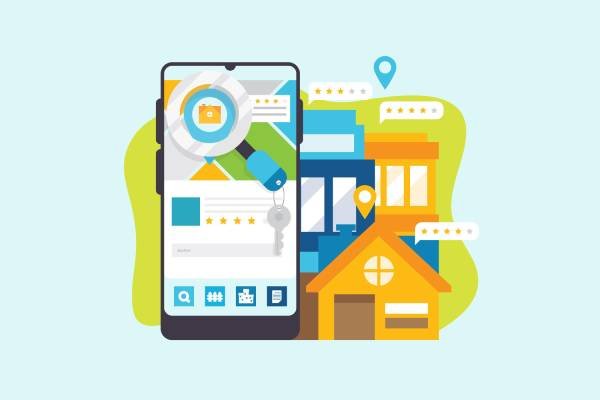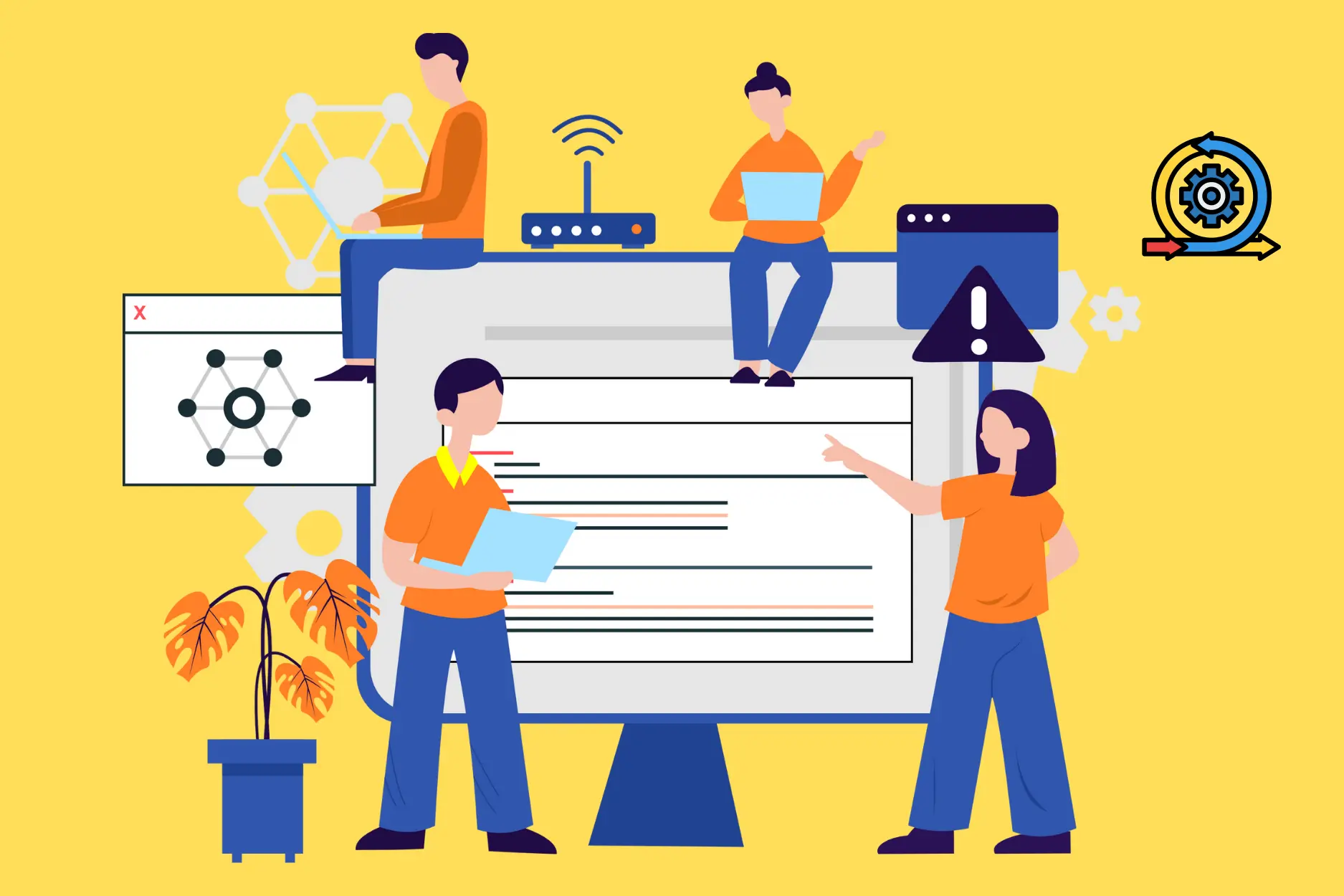Build vs Buy Software: How to Make the Right Choice for Your Business
For business owners, particularly startup founders, the decision to build or buy software is crucial and has a significant impact on their companies. This is intimidating since it involves managing a significant variable, including unique requirements of an organization and cost, in addition to the time taken to market.
The above choice is made more challenging by the demand to develop fast and efficiently as more businesses go for technology so as to provide high-quality services to their clients.
In this post, we will look at several important factors to help you decide whether to buy an off-the-shelf solution or develop software internally. You will know more clearly by the end which Build vs Buy software strategy best suits your company's aims and objectives.
Build or Buy Software Decision: Important Considerations
1. Business Needs and Requirements
Customization Needs: Does your business require highly specialized features or workflows that off-the-shelf software cannot provide?
Core vs. Non-Core Functions: Is the software core to your competitive advantage or a non-core supporting function? Custom-built software is usually better suited to core functions.
2. Cost Considerations
Upfront Costs: Buying software usually comes with licensing fees. Building software involves significant development costs.
Ongoing Costs: Maintenance, updates, support, and infrastructure costs might be higher in custom software.
Total Cost of Ownership (TCO): Compare the TCO of building vs. buying over the lifetime of the software.
3. Time to Market
When Urgent: When to build customer software is necessary. Buying may help you faster than building from scratch.
Development Time: Building software can take months or years, depending upon the complexity and resources available.
4. Technical Expertise
In-house skills: Is the technical know-how to create and maintain the software available within the organization? If not, then hiring or outsourcing will incur additional costs.
Vendor support: Off-the-shelf software vendors usually provide some level of vendor support, relieving your staff of this task.
5. Long-Term Strategy
Innovation: If the software is a central part of your innovation strategy, then build it.
Future-Proofing: How easily will the software adapt to future technological changes or business needs?
6. Vendor Viability
Reputation: Research the vendor's track record, customer reviews, and financial stability.
Roadmap: Does the vendor's product roadmap meet your future requirements?
Also Read - Essential Guide to Developing Mobile Apps for Your Business
Build vs Buy Software: Which is Right for You?
Buying Software
Buying software entails buying pre-designed solutions that hundreds of other organizations are also employing. Such packages have built-in features but perhaps not to the exact specifications your business needs.

Pros and cons of buying software
Pros:
Less Expensive: Prepared software is much cheaper than developing a solution as it is made in bulk. For instance, Microsoft Office costs much less than a custom-made office suite.
Fast to Setup: You can start using it right away, which helps get your business up and running as soon as possible.
Reliable and Well-Tested: These products have been tested and debugged quite a lot, reducing bugs and errors.
Regular Updates and Support: Vendors provide security updates and customer support to improve functionality.
Cons:
Limited Customization: The software may not fit your needs, and customization options are usually limited.
Incompatibility: It might not be compatible with the system you are already using, and you need extra tools or modifications.
Long-term Costs: Most require continuing payments for updates and support, raising long-term costs.
Vendor lock-in: If the company gives up on supporting the software, the business will be significantly affected.
When Do You Buy Software?
Above are the needs standards: If the software already has the features you need, there is no point in building something from scratch.
You need rapid implementation: If speed is your concern, purchasing a solution lets you begin right away.
It does not have integration issues: If you are not looking to integrate your software with other systems, a standalone solution will work well.
Building Software
Developing software involves designing, developing, and maintaining a simple solution for your business. This ensures that your software is tailored to your exact needs but takes much more time and resources.
Pros and cons of building software
Pros:
Fully Customizable: You can design the software exactly as you need it, improving efficiency.
Better Integration: Custom-built solutions work seamlessly with your existing systems.
Scalable for Growth: Your software can evolve with your business without needing major changes.
Competitive Advantage: Unique features can give you an edge over competitors.
Cons:
Higher Initial Cost: Custom development requires investment in design, development, and maintenance.
It takes time: The time it takes from idea to launch is a long process that includes planning, development, and testing.
It requires a skilled team: You will need experienced developers, project managers, and testers.
Risk of failure: Bad management, changing requirements, or technical issues can lead to the failure of a project.
When Should You Build Software?
You need a unique solution: If off-the-shelf software does not meet your business needs, building your own ensures you get exactly what you want.
You have a development team (or can hire one): A good team is needed to build, maintain, and improve the software.
You need a long-term scalable solution: If your business is growing and needs software that can grow with it, then custom development is a smart choice.
Example: Netflix's Custom Software
The firm developed its own Content Delivery Network called Open Connect to improve video streaming quality and lower costs. Netflix needed something that off-the-shelf CDN solutions could not offer, and hence, the firm created its own system and thereby gained a significant competitive advantage.
Cost of Building vs Buying Software
Cost of Building Custom Software
Building custom software involves developing a solution tailored to your specific needs. While it offers flexibility, it comes with significant costs:
1. Development Costs:
- Hiring developers, designers, and project managers.
- Costs vary based on complexity, features, and location of the development team.
- Example: A simple app may cost 50,000–50,000–100,000, while enterprise-level software can exceed $500,000.
2. Time Investment:
- Custom software takes time to design, develop, test, and deploy.
- Delays can increase costs and delay ROI.
3. Maintenance Costs:
- Ongoing updates, bug fixes, and security patches.
- Requires a dedicated team or ongoing contracts with developers.
4. Infrastructure Costs:
- Hosting, servers, and cloud services for the software.
- Scaling infrastructure as your user base grows.
5. Training Costs:
- Employees need training to use the new system effectively.
6. Risk of Failure:
- If the project fails or doesn’t meet expectations, the investment is lost.
Cost of Buying Off-the-Shelf Software
Off-the-shelf software is pre-built and ready to use. It typically involves lower upfront costs but may have limitations in customization.
1. Licensing Costs:
- One-time purchase or subscription fees (e.g., SaaS models).
- Example: 10–10–500/user/month for enterprise software.
2. Implementation Costs:
- Configuration, data migration, and integration with existing systems.
- It may require consultants or IT support.
3. Training Costs:
- Employees need to learn how to use the new software.
4. Customization Costs:
- Limited customization options may require additional plugins or development work.
5. Ongoing Costs:
- Subscription renewals, support fees, and upgrades.
| Cost Factor | Custom Software | Off-the-Shelf Software |
|---|---|---|
| Development Costs | $50,000–$100,000+ (simple) to $500,000+ (enterprise) | Lower upfront cost; subscription or one-time fee |
| Time Investment | Long (design, development, testing) | Quick deployment |
| Maintenance Costs | Ongoing updates, bug fixes, security patches | Support fees and periodic upgrades |
| Infrastructure Costs | Hosting, servers, cloud services, scalability | Handled by the vendor (usually included) |
| Training Costs | Employees need training on the new system | Training is required but often standardized |
| Risk of Failure | High if the project fails or is mismanaged | Lower risk but may lack needed features |
| Licensing Costs | No licensing fees; fully owned software | $10–$500/user/month (SaaS models) |
Also Read - Also Read - Why Your Startup Needs an MVP
Off-the-shelf Software Advantages
Low Initial Costs – You do not need to pay too much for development since it's ready for use, and the software is already built.
Quick Deployment – You do not have to spend months waiting for it to be custom-developed; you can use it right away.
Continuous Support & Updates – The company that developed the software usually ensures regular updates, security patches, and customer support to keep everything running smoothly.
Tried and tested – Most software is already used by other businesses; major bugs have already been discovered and fixed, so that the product is a bit more reliable.
Flexible pricing and scalability – Most SaaS solutions offer different pricing plans so you can upgrade or scale from a small base as your business progresses.
Built-in Security & Compliance – The software provider takes care of important security measures and ensures the software aligns with industry regulations, so you don't need to worry about compliance.
Easy Integration with Other Tools – Most off-the-shelf software is designed to work with popular business tools such as an accounting system, a CRM system, and communication apps, making things easy to simplify.
How did other companies make the Build vs. Buy Decision?
Here are two well-known examples of companies deciding whether to build or buy software solutions.
Slack
When Slack was developed, the founders made a decision between building a messaging platform themselves or buying one that already existed. They took the product "Glitch" and rebranded it into Slack.
The advantage of taking this route is that they managed to launch quite fast and have ample time and resources to concentrate on improving the product rather than developing a whole messaging system. Slack is today one of the most popular communication tools in workplaces.
Facebook was in a similar position when it wanted to go into photo sharing. Rather than develop an app from scratch, Facebook could have bought Instagram for about $1 billion. The new platform would take some years to create, but with the purchase of Instagram, Facebook, instantaneously acquired an already well-established app with millions of users.
Slack and Facebook made strategic choices based on their goals, time constraints, and available resources. These examples show how companies can weigh the pros and cons of building versus buying to make the best decision for their business.
Also Read - 25 Critical Mobile App Metrics That Will Boost Your App’s Performance
Conclusion – Build vs Buy Software
The choice between building custom software and buying off-the-shelf solutions is crucial and should be in line with the particular requirements and strategic objectives of your business. Important tasks include evaluating the scalability, financial implications, and particular needs of your operations.
Keep in mind that custom solutions need a large time and resource commitment, even though they provide customized features and a competitive edge. On the other hand, premade solutions might not offer certain customizations but can offer cost savings and instant deployment.
In order to make sure that your decision not only supports ongoing operations but also accommodates future expansion and changes in the industry, it is crucial to carefully consider both options.
Frequently Asked Questions

Read more blogs

Time and Cost of Developing an AI like ChatGPT: Key Factors Explored
Explore the factors influencing the time and cost of developing an AI model like ChatGPT. Understand key considerations for successful AI ap

Guide to Successful Real Estate App Development: Features, Technologies, and More
Explore the advantages of developing a real estate app, key features, technologies to employ, and the importance of collaborating with a Rea

Custom vs. Template-Based Website Development: A Comprehensive Cost Comparison Guide
Explore the costs, pros, and cons of custom website development vs. template-based solutions. Make an informed decision for your online pres
